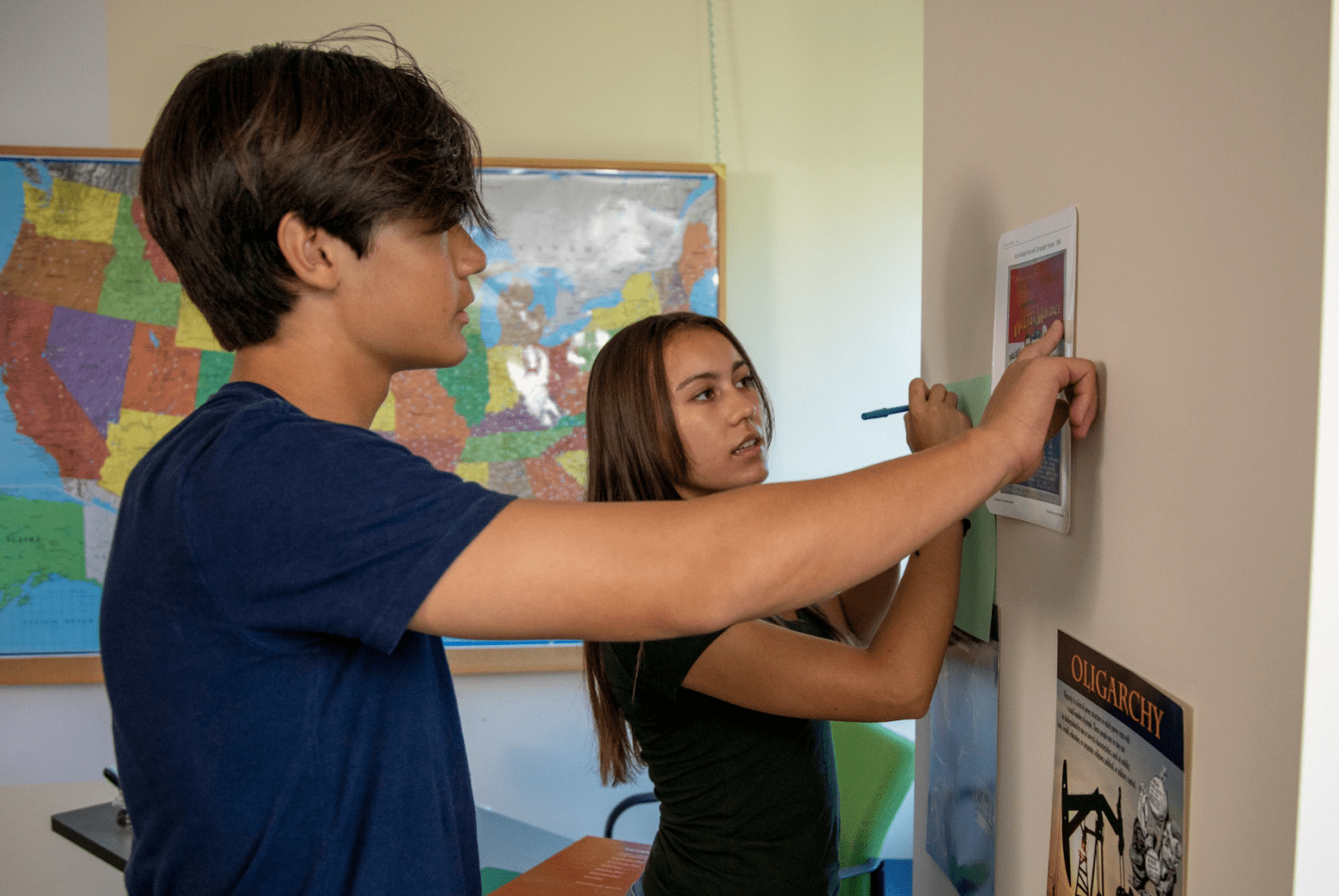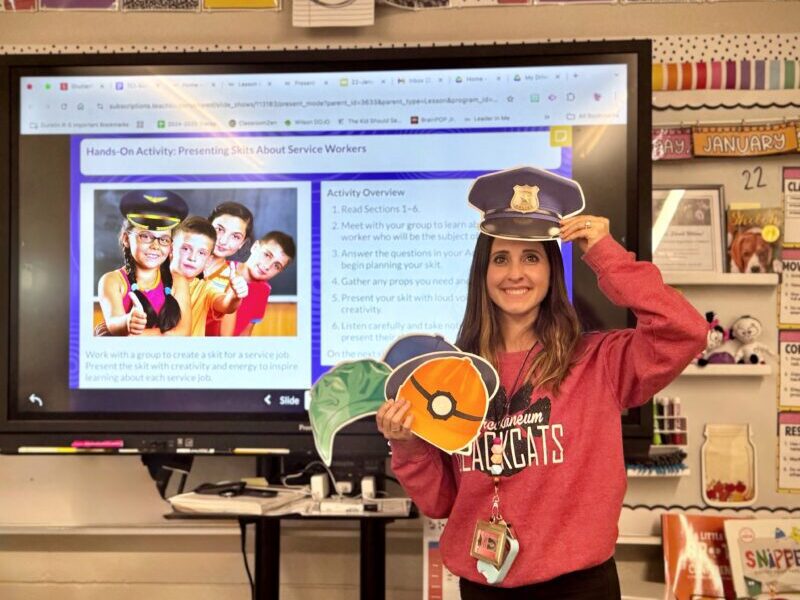
Empowering students with social studies skills—such as analyzing primary sources, mapping, and interpreting graphs—is key to their intellectual growth and true disciplinary literacy. However, it can be hard to find time to develop these skills in your already busy classroom schedule.
TCI’s Social Studies Skill Builder strategy provides a framework for engaging students in quick, skills-oriented tasks that teach key content at the same time. In a recent webinar with the National Social Studies Leadership Association (NSSLA), Brian Thomas digs into the Social Studies Skill Builder and provides a model of how the strategy can be used in the classroom. Let’s dive in!
What Is the Social Studies Skill Builder Strategy?
TCI’s classroom activities leverage research-based teaching strategies to maximize engagement and learning. One of TCI’s strategies for classroom activities is the Social Studies Skill Builder, which uses short, fast-paced activities to teach skills and content. After quickly modeling a skill, such as analyzing political ads, you can turn your students loose to practice the skill repeatedly. An end-of-activity debrief challenges students to apply their new skills to gain greater insight into key concepts.
Watch Brian Thomas break down this strategy and provide a practical example of how to apply it to the classroom in the webinar Strategies for Teaching Skills-Based Lessons held on February 7, 2024.
The Power of Repetition and Practice
We all know that practice leads to improvement. The repetitive nature of Skill Builder activities ensures that students have ample opportunities to practice and refine their newly acquired skills. Through skill repetition, students gain confidence and fluency, enabling them to apply these skills across different social studies contexts with ease.
It’s not just about the quantity of practice—it’s about the quality, too. Each Skill Builder activity is thoughtfully crafted to challenge students and provide meaningful feedback. As they engage in the tasks, students receive corrective feedback that fosters their skill development effectively.
Best Practices for Using This Strategy
- Incorporate multiple modalities. We already know that when students interact, learning increases, which is why students work in pairs for Social Studies Skill Builders and are encouraged to discuss their findings. It’s also important to incorporate other modalities into the task—things like sketching, analyzing, and recording—to engage all students.
- Teach the skill through modeling and guided practice. Quickly demonstrate and explain the steps your students will follow as they develop the skill so that they can successfully work on their own. Be sure to set clear expectations for how you will evaluate their work.
- Give immediate feedback. If you check work and award points as students progress through the activity, they will be motivated to work quickly and do high-quality work. Think about creating a gamelike atmosphere to make the activity more enjoyable for you and your students.
See How TCI Teachers Use Skill Builders
TCI’s social studies programs are developed around research-based teaching strategies, including the Social Studies Skill Builder strategy.
Want to see how teachers find success with TCI’s strategies? Check out how a middle school teacher motivates learners with Social Studies Skill Builder activities.



